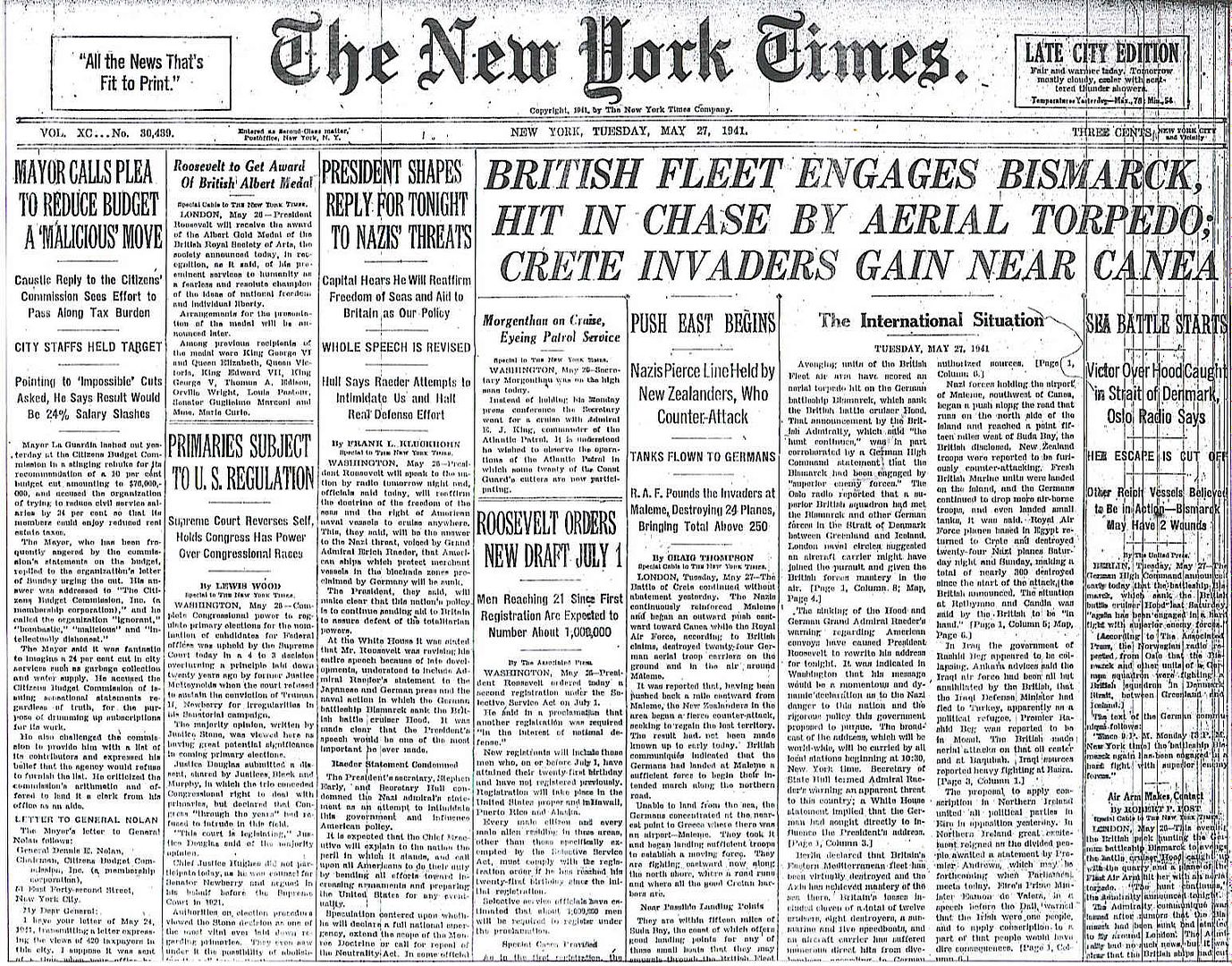
Posted on 05/27/2011 5:30:35 AM PDT by Homer_J_Simpson


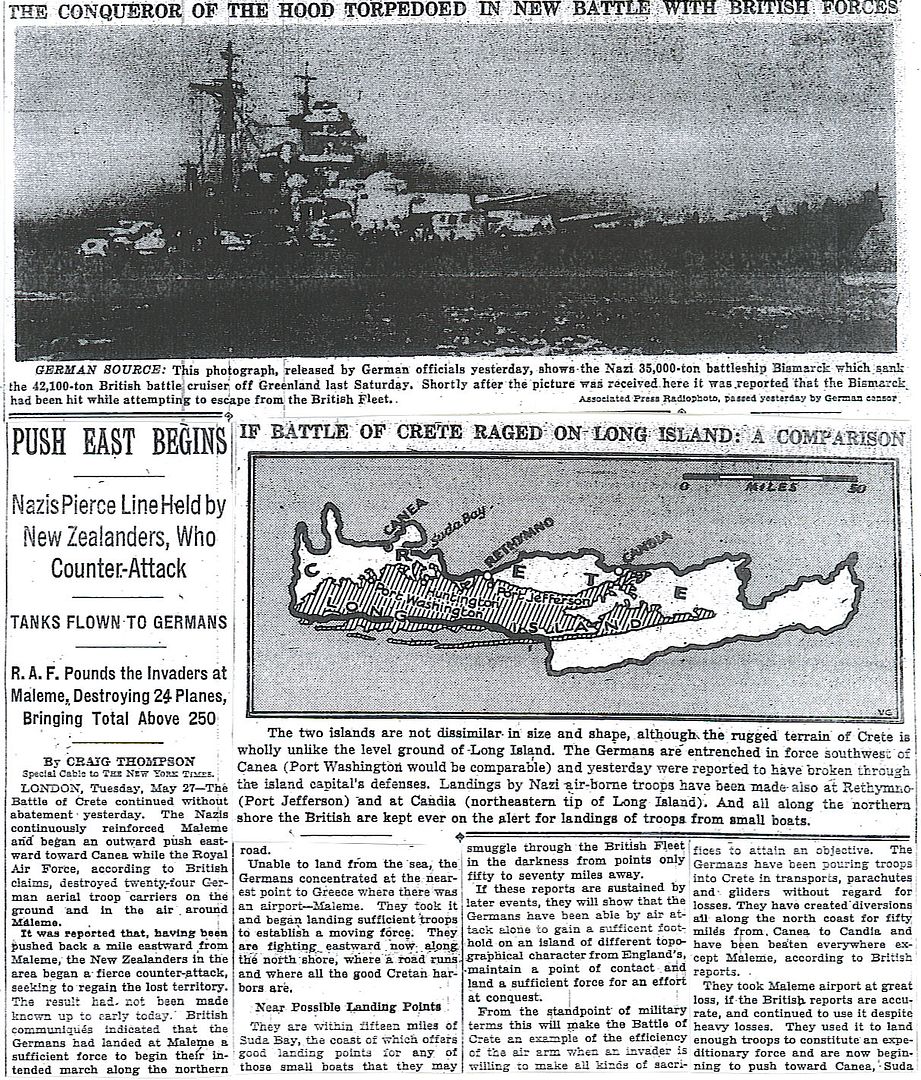
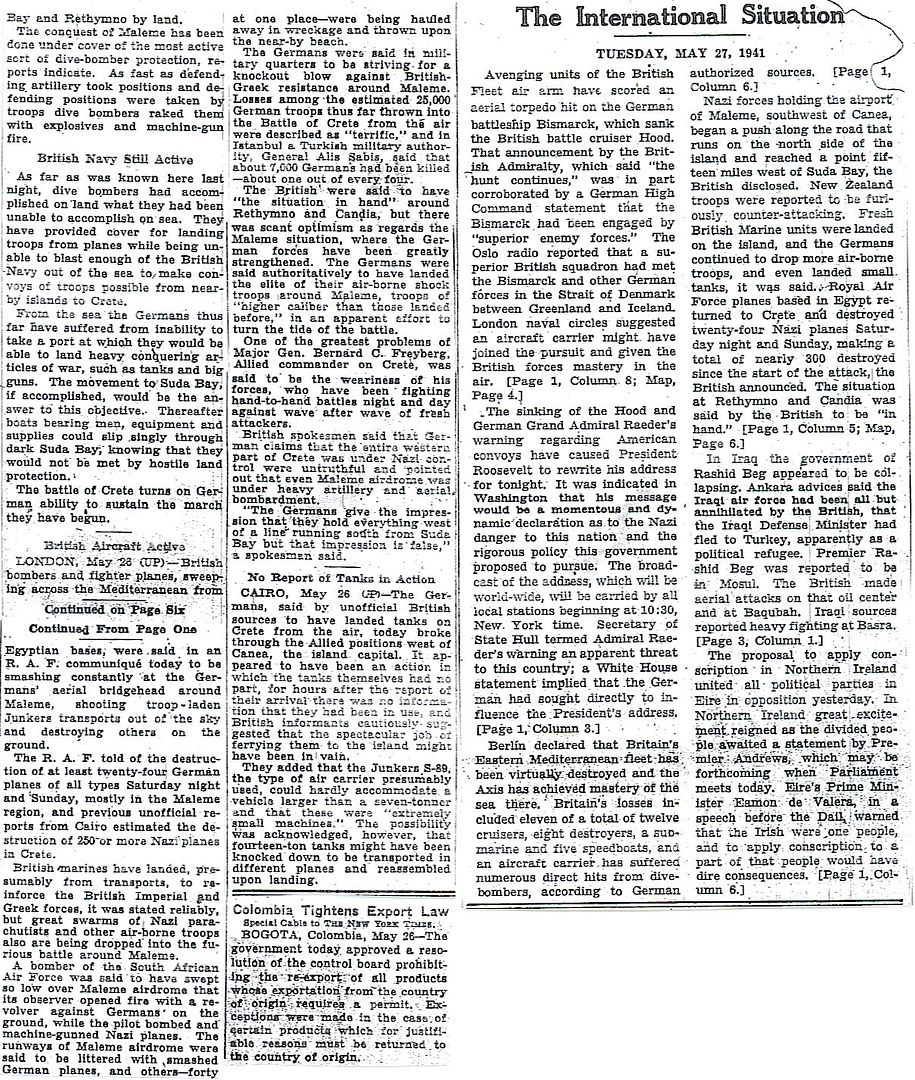
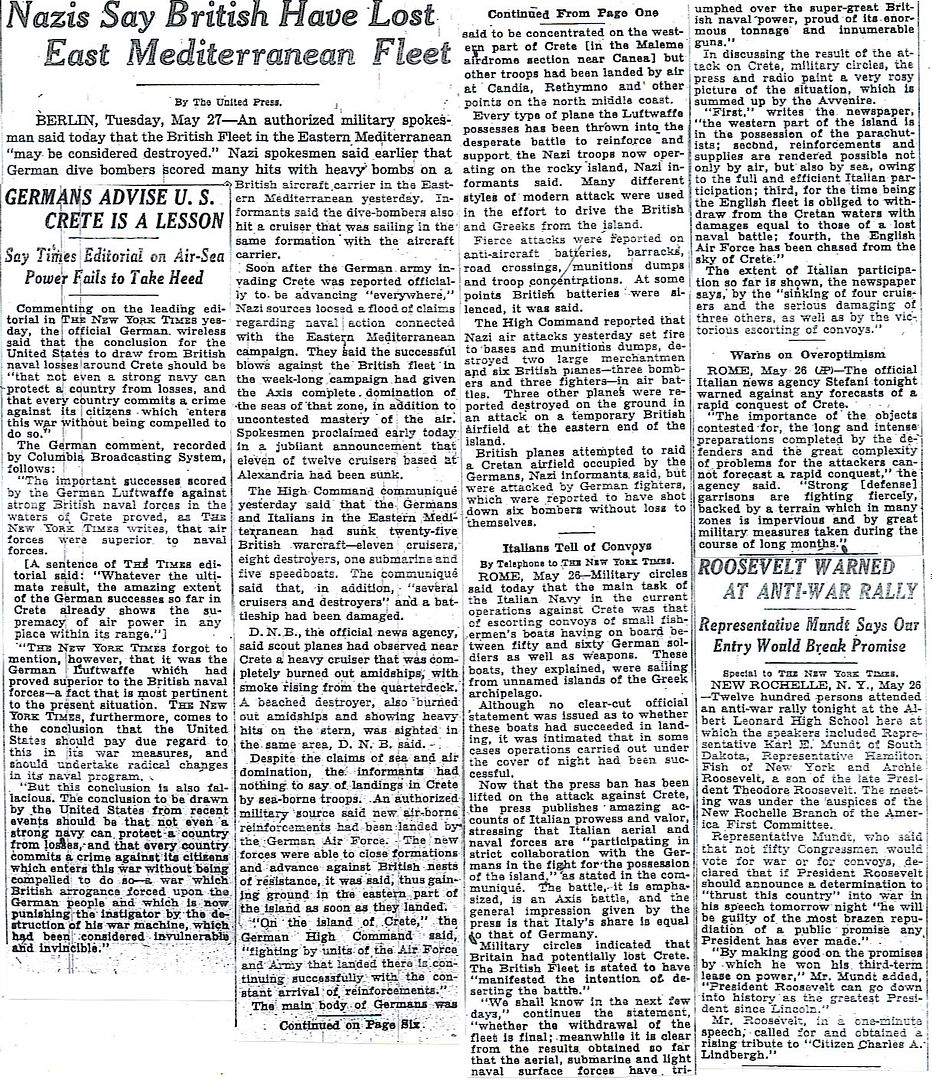
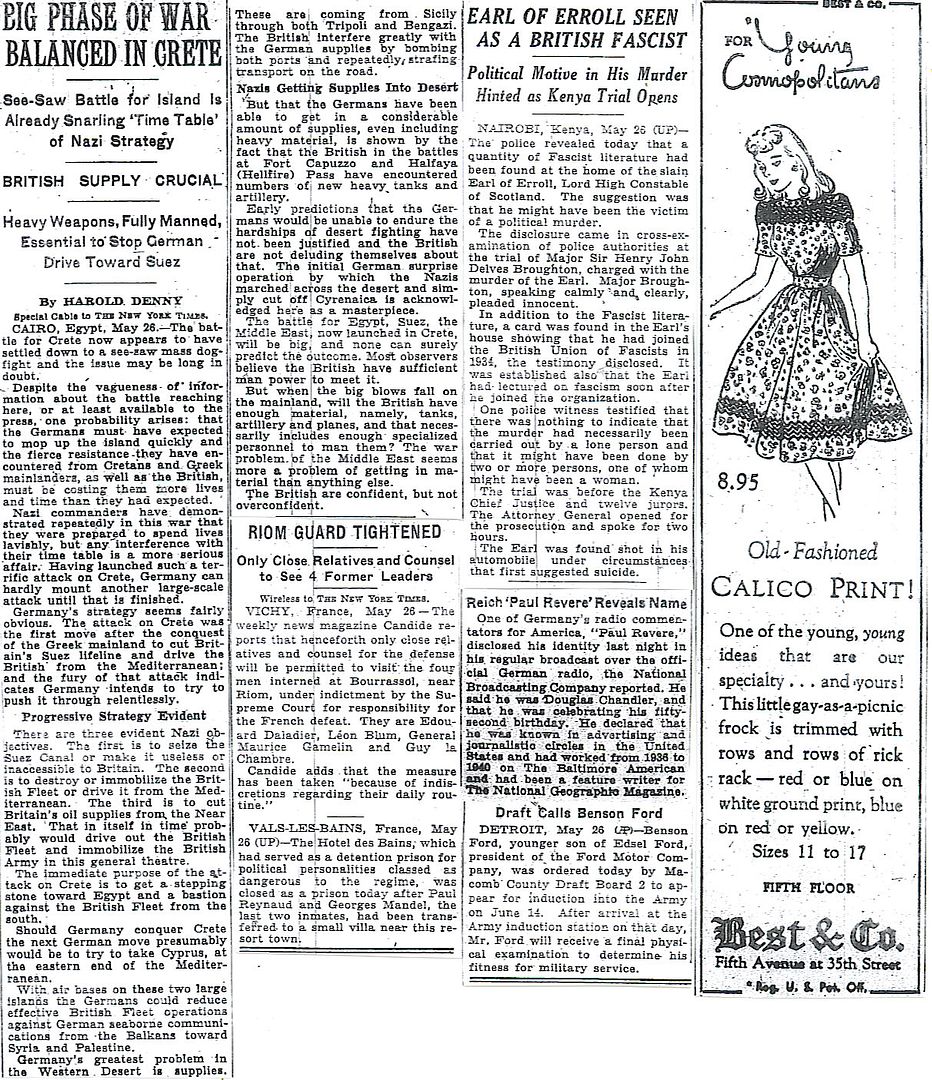
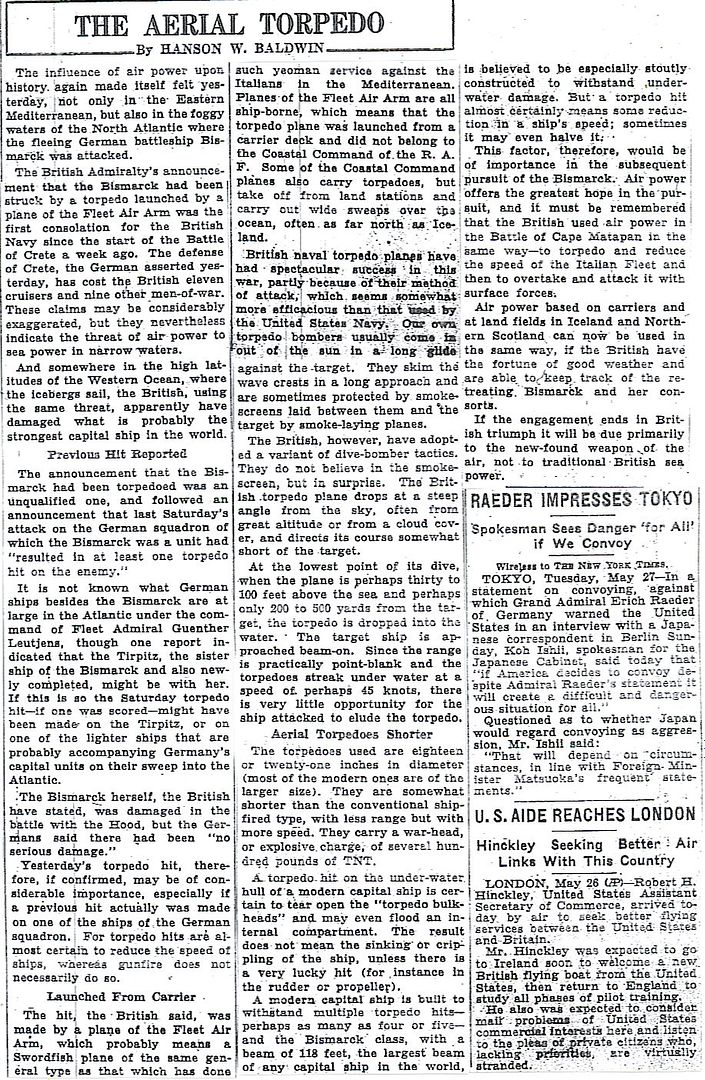

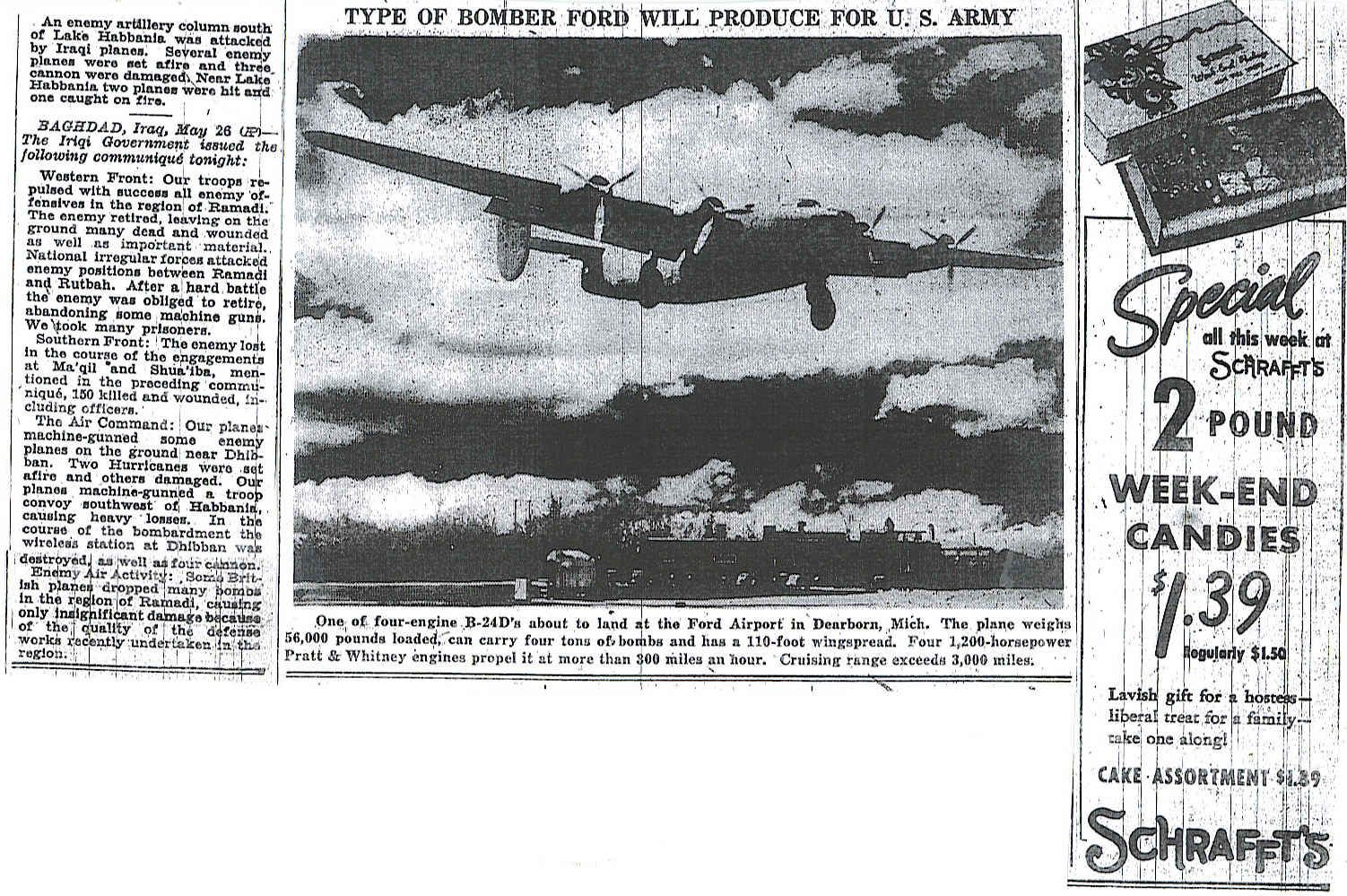
able to post via laptop during court recess. the issue of whether the scuttling charges or the torpedoes “sunk” the Bismarck is not settled, at least among those who have actually viewed the wreckage.
See the two links at post #10 for the differing viewpoints.
Just as in the Battle of Britain, the decisive British superiority in radar played a key role in sinking the Bismarck. German Admiral Lutjens commented a day or two ago on the inferiority of his radar. In contrast, even the near obsolete Swordfish biplanes had onboard radar.
The other key British advantage was their high frequency direction finding (Huff-duff). Admiral Lutjens foolishly broadcast long messages back to Germany, thus giving away his position.
When James Cameron explored BISMARCK, one of the things he used was a joystick/wire controlled miniature “Alvin” that was able to get into the hull, the superstructure, etc.
He ran the Alvin along the BISMARCK’s torpedo armor belt, on the inner hull. No holes.
Now I can understand the British position. After what BISMARCK did to HOOD [and PRINCE OF WALES], they want credit for taking him out. And, as I said in my post, BISMARCK was a flaming wreck. His range finders were gone. His main guns were toast. He was going nowhere. Unfortunately for the British claims, nowhere included under water. While the DORSETSHIRE’s torpedo attack was serendipitous, it wasn’t fatal.
I will be sure to listen to that later on. If I am not mistaken Roosevelt says something that will generate a headline in tomorrow's NYT that will top the Bismarck story.
From the 2001 Blue Water Recoveries expedition.
http://www.hmshood.com/hoodtoday/2001expedition/index.htm
Missing Shell Plating/Torpedo Damage
http://www.hmshood.com/hoodtoday/2001expedition/index.htm
Damage to the Hull
I looked at that. But there was no damage to the torpedo belt in Cameron’s film. The Germans have sworn up and down that they scuttled from the jump. and i seem to remember an off the cuff remark by Ballard that since BISMARCK’s hull was largely intact when he found it, that the condition of the ship supported the Germans.
No doubt the ship was slowly settling prior to the HMS Dorsetshire’s torpedo hits. From scuttling or gunfire, it is not known.
Certainly, she would have eventually sunk from scuttling.
And I think had the crew not scuttled, Bismarck would have sunk from the torpedo hits.
Torpedoes usually do their damage from flooding, causing instability that is too great to be overcome from counter-flooding. Then the vessel turns turtle and sinks, which is what happened to Bismarck.
Either would have caused her to sink. But both actions did, and they happened coincident with each other.
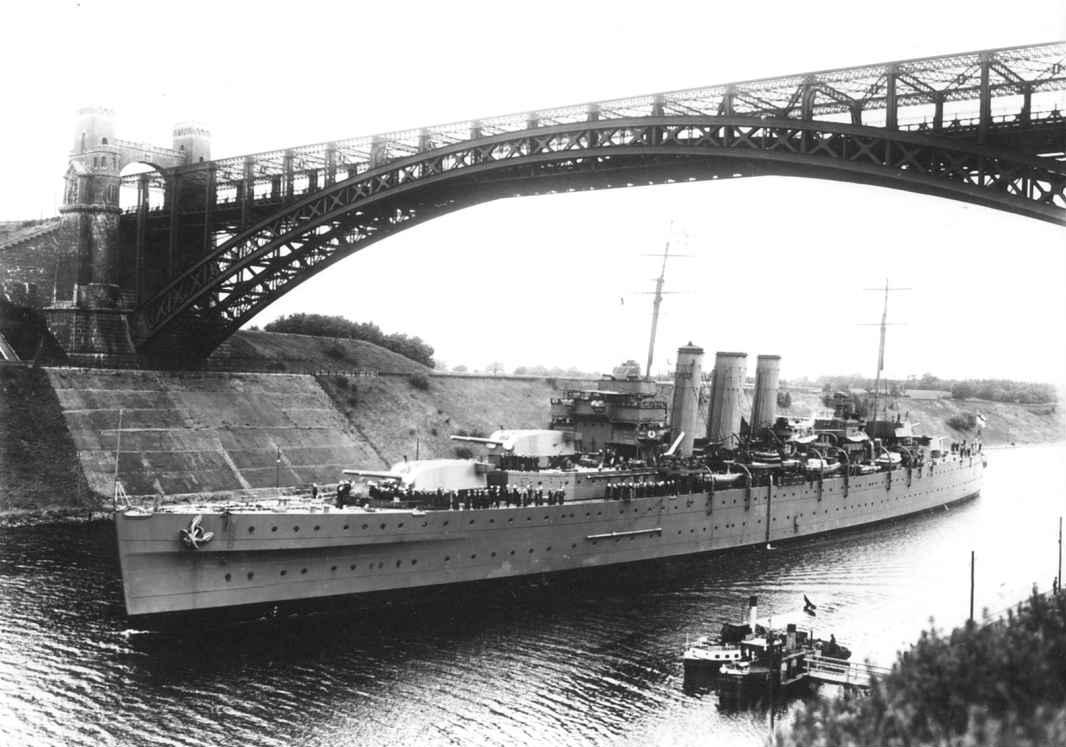
HMS Dorsetshire
Ballard's "analysis of the wreck not only showed extensive damage to the superstructure by shelling and some minor damage to the hull by torpedo hits, but also suggested that the Germans scuttled the ship to hasten its sinking.
This has never been proven by marine investigators but is confirmed by survivors...""...On discovering the wreck, it was found that the whole stern had broken away; as it was not near the main wreckage and has not yet been found, it can be assumed this did not occur on impact with the sea floor.
The missing section came away roughly where the torpedo had hit, raising questions of possible structural failure.
The stern area had also received several hits, increasing the damage caused by the torpedo.
This, coupled with the fact the ship sank "stern first" and had no structural support to hold it in place, suggests the stern became detached at the surface.
In 1942 Prinz Eugen was also torpedoed in the stern, which subsequently collapsed.
This prompted a strengthening of the stern structures on all German capital ships..."In fact, upon close inspection of the wreckage, it was confirmed that none of the torpedoes or shells penetrated the second layer of the inner hull.
Cameron put forward a theory to explain the large gashes observed by the Anglo-American expedition: he suggested that Bismarck suffered a "hydraulic outburst" when it hit the bottom. Cameron said the belt held, but inner forces caused the s
ides to bulge out and break in places.
Cameron sent small ROVs into the gashes and into the ship's interior.
Twice they came upon torpedo holes at the ends of long gashes.
But upon sending the tethered robots even deeper into the ship it was discovered that the torpedo blasts had failed to shatter its armoured inner walls.
All that was destroyed was an outer "sacrificial zone" of water and fuel tanks that German engineers had created to absorb torpedo hits and keep interior spaces flood free.
'The inner tank walls are untouched by any explosive force', 'So the armor worked.'
Cameron concluded that the torpedoes caused "no significant flooding"..."The third survey found no underwater penetrations of the ship's fully-armoured citadel.
Eight holes were found in the hull, one on the starboard side and seven on the port side, all above the waterline.
One of the holes is in the deck, on the starboard side of the bow.
The angle and shape indicates it was fired from Bismarck's port side and struck the starboard anchor chain.
The anchor chain has disappeared down this hole.
Six holes are amidships, three shell fragments pierced the upper splinter belt, and one made a hole in the main armour belt.
Further aft a huge hole is visible, parallel to the aircraft catapult, on the deck.
It is unclear whether this was a result of an internal magazine explosion due to a shell penetration of the ship's armour.
The submersibles recorded no sign of a shell penetration through the main or side armour that could have caused this; it is likely that the shell penetrated the deck armour only."Huge dents showed that many of the 14 inch (356 mm) shells fired by King George V bounced off the German belt armour.
Interior ROV footage showed that the "terrible destruction" the Anglo-American expedition reported was in fact to the torpedo bulges, which were designed to absorb the energy of torpedoes and plunging shells.
Underneath the torn bulge sheeting, the ship's 320 mm (12.6 inch) thick main belt armour appeared to be intact.
It cannot be confirmed by Ballard that the shell holes pictured in Bismarck's armour were full penetrations."Furthermore, Ballard's expedition revealed there were no signs of the implosions that occur when air-filled compartments succumb to outside water pressure.
This suggests that Bismarck's compartments were flooded when the ship sank, supporting the scuttling theory."The American expedition's final conclusions were strikingly different from the findings of the Anglo-American team; they estimated that Bismarck could still have floated for at least a day when the British vessels ceased fire and could have been captured by the Royal Navy, a position supported by the historian Ludovic Kennedy.
Ballard found the hull sound, adding:"we found a hull that appears whole and relatively undamaged by the descent and impact".
They concluded the direct cause of sinking was due to scuttling: sabotage of engine-room valves by her crew, as claimed by German survivors."

Survivors from the BISMARCK are pulled aboard HMS DORSETSHIRE on 27 May 1941.
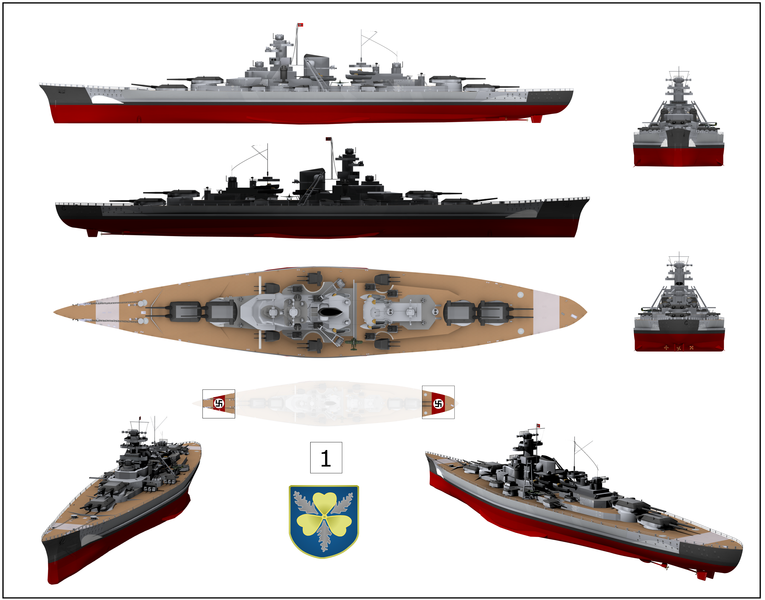
Finally, we might note the photo of Bismarck on page 3 above lists the ship as 35,000 tons.
That would make it smaller than the old US North Carolina class battleships.
In fact, Bismark was 51,000 tons, or roughly the same size as the not-yet-built new US Iowa class battleships.
One of the pics here clearly shows a shell penetration through and through the armor belt on the starboard side. So the argument that there were no penetrations of the armor is not persuasive.
http://www.hmshood.com/hoodtoday/2001expedition/index.htm
The fact remains that the ship sank immediately after the final torpedo hit.
I saw no photos at your link, only renderings.
From your link:
"He cites that the ship was clearly wallowing before the scuttling actually began and most decisively, the ship rolled over and sank in conjunction with the impact of Dorsetshire's last torpedo.
He does not dismiss the reports of scuttling, but believes that this only hastened the inevitable by a matter of minutes."
Then quoting from post #30 above:
"The American expedition's final conclusions were strikingly different from the findings of the Anglo-American team; they estimated that Bismarck could still have floated for at least a day when the British vessels ceased fire and could have been captured by the Royal Navy, "
Obviously, I can't resolve this debate, but however you look at it, Bismarck was one tough bird, so to speak.
;-)
For some reason, that link only goes to the index. Click on link Battleship Bismarck Wreck and then go to Hull Damage. Photos are there.
And yes, Bismarck was put together well and reflected great credit to her designers, builders, Captain and crew.
What is interesting about this debate is that almost alone in the history of naval warfare, this sinking generates huge debate.
Can anyone else think of an instance where who sank a ship and how the fatal hit occurred matters as much?
Perhaps since it was such a huge propaganda story makes it a hot topic.
See here a very comprehensive study of Bismarck’s damage.
http://www.navweaps.com/index_inro/INRO_Bismarck_p1.htm
That the HMS Hood was sunk by enemy shellfire is not disputed. There are various theories about exactly how the magazine explosion was touched off, but that’s the extent of the debate.
With the Bismarck, the point of dispute is whether the scuttling by the crew or the torpedo strikes from HMS Dorsetshire finally caused her to capsize. Both did, in my estimation.
I guess the Bismarck argument is kinda like the guy who leaves his job and says he quit, but his boss says he fired him.
Right but in the case of the Hood it was a more important debate because the ‘how’ would dictate design changes or modifications or perhaps tactical changes. At a minimum there would be some finger pointing and blame.
Like that guy who left his job and was sure his boss fired him but who really wanted to know why.
Disclaimer: Opinions posted on Free Republic are those of the individual posters and do not necessarily represent the opinion of Free Republic or its management. All materials posted herein are protected by copyright law and the exemption for fair use of copyrighted works.